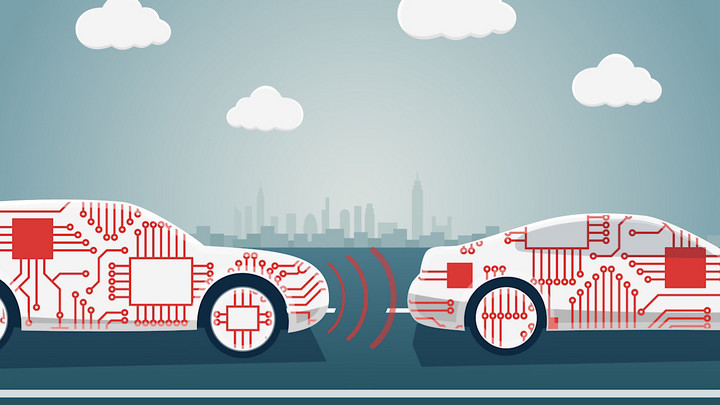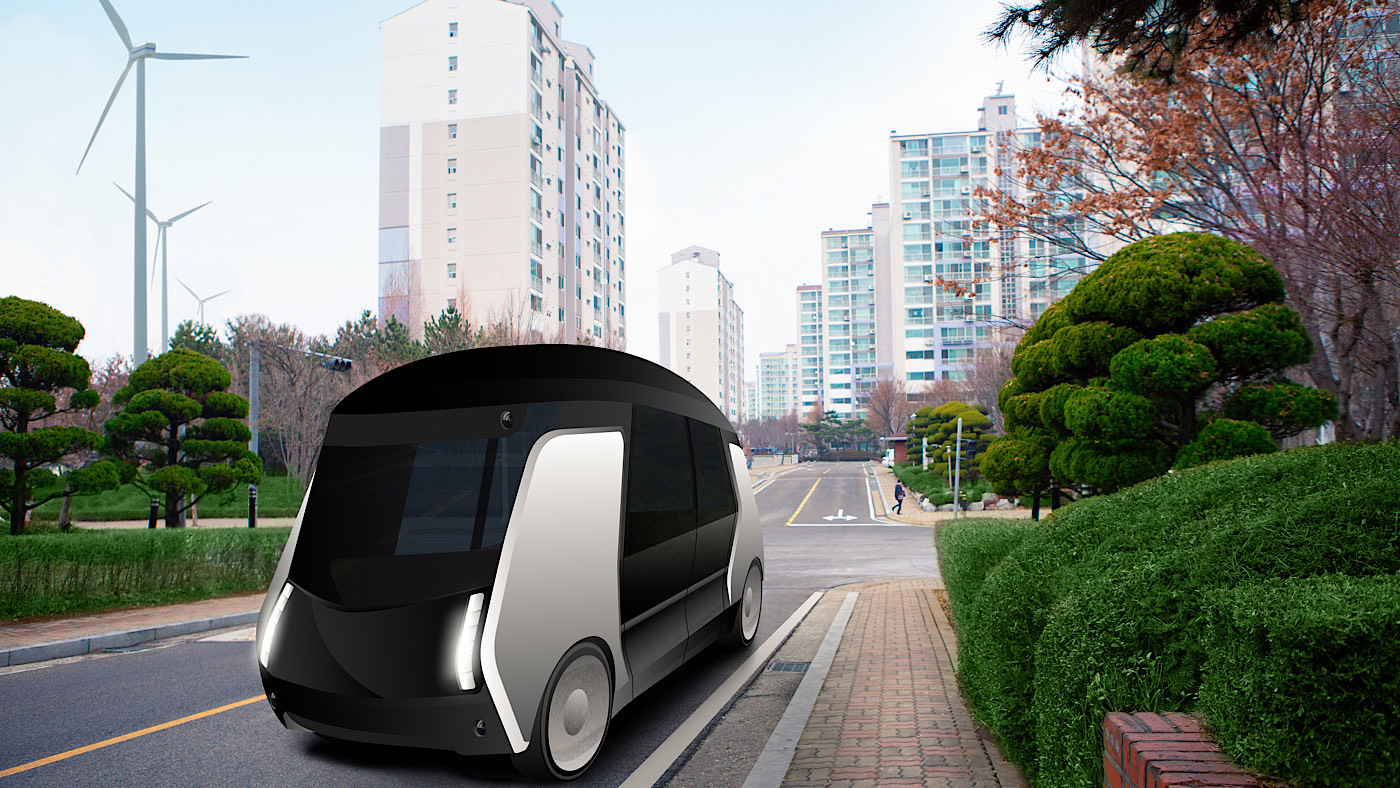Making Mobility More Sustainable and Customer-Friendly
As the Internet and mobility become increasingly intermeshed, new synergies and business concepts are emerging, says eco Mobility CG leader, Martin Kumstel from Uber.

© a-image| istockphoto.com
In the new Mobility Competence Group (CG) in the eco Association, industry experts explore the opportunities and challenges presented by an Internet-based mobility ecosystem. The CG head Martin Kumstel from Uber talks to dotmagazine about the future of digital mobility.
dotmagazine: Mr. Kumstel, what are the necessary technical and business conditions for connected mobility to be a success?
Martin Kumstel: For a functional and holistic mobility ecosystem, different players need to work together. In particular, the cooperation of state-owned companies, i.e., public transport providers, and private companies is crucial. After all, only if public transport and new mobility service providers cooperate much more closely can individual transport actually be reduced. At the same time, public transport and private mobility providers have different focuses and strengths. If each focuses on its strengths, common goals can be better achieved. If we link mobility apps and public transport even better, we will create real alternatives to private cars and thus reduce traffic in cities.
dot: In your opinion, what different kinds of businesses need to interact to create a healthy mobility ecosystem, and how can they be encouraged to participate?
Kumstel: Various factors must work together for connected mobility to be successful. First, the legal framework must be further developed to ensure that autonomous driving and connected mobility are made possible. As a company, we depend on uniform standards to provide mobility data in the best possible way. An appropriately equipped infrastructure is also essential. In urban traffic, intelligent vehicles alone are not enough; the mobility infrastructure must keep traffic flowing and ensure the safety of users. This is the only way to ensure the simple and far-reaching networking of vehicles and their integration into a mobility ecosystem.
In addition, of course, the entire mobility sector must step up: from established suppliers and OEMs in the automotive sector to new players such as start-ups and technology companies. For smooth cooperation, the appropriate resources must also be provided, such as charging stations by energy utilities, financing options by banks, or infrastructure by municipalities. The important task of the state is to provide the framework for this so that fair competition is guaranteed in the sense of a “level playing field”. Ultimately, appropriate framework conditions are the key to ensuring that companies want to “join in” and that the socio-ecological potential of such an ecosystem can come to fruition.
dot: Why do we need a Mobility Competence Group at eco?
Kumstel: Mobility is becoming increasingly digital; even traditional mobility companies have recognized this and are investing accordingly. The trend is spreading throughout the entire industry. This gives rise to numerous complex topics and issues. At the same time, there is a lack of suitable spaces for both discussing and jointly tackling the challenges within the industry. We want to change that with the eco Mobility CG. We want to create an Internet-based mobility ecosystem. eco offers us the best starting conditions for this, because many eco member companies have the necessary know-how and are highly interested in exchanging ideas. At the same time, there is a pull effect for new members to participate.
dot: How do companies benefit from the exchange of ideas with regard to digital mobility?
Kumstel: Stand on a street corner in any major city and take a look around: The number of mobility offerings is growing and becoming more diverse. Car sharing, bike sharing, e-scooters, and public transport. The individual providers still operate very independently, but some have already begun to create integrated offerings for customers. Multimodal travel chains, i.e., mobility offerings across providers, can only be created cooperatively. This is still quite rare. Through their involvement in the CG, companies deal with these challenges and their solutions. How can different offers be interlinked and what interfaces are needed? How can mobility chains be made more reliable? What are the technical requirements?
dot: So city centers clogged with car traffic will soon be a thing of the past?
Kumstel: There will be increasingly more attractive alternatives than driving into the city in your own car. The trend toward multimodal mobility will gradually spread to suburban and rural areas. We are on the verge of a mobility turnaround, which we also urgently need in order to achieve climate protection targets. Improved traffic flows will save up to 50 percent of CO2 emissions in urban car traffic by 2030, an eco study recently showed. However, the prerequisite for this mobility turnaround is sustainable offers that are easy to book and use, which we will promote with the Mobility CG.
dot: Keyword mobility data, what is planned here?
Kumstel: There is the potential to collect a great deal of data with the digitalization of mobility. IT security and data protection are therefore fundamental issues for us. We also want to help shape the corresponding regulatory frameworks and are seeking discussions with those responsible, for example, in the German Federal Ministry of Transport. The responsible use of data is another issue. In addition, numerous business concepts are emerging, as this data can also be used to optimize traffic flows or better identify special mobility needs.
In our view, the success of connected mobility also requires competition. In fair competition for the best ideas, competitive companies continue to develop – and in the end, consumer behavior will show which platforms are particularly well connected and successful, for example. What is often forgotten: Connected mobility produces very large amounts of data that must be processed in accordance with regulations.
Connected mobility must be given room to develop and to be tested, systematically analyzed, and made practicable. A close partnership and coordination between municipalities and the mobility industry is essential for the success of connected mobility. In our view, such innovation partnerships should be further promoted.
Martin Kumstel has been responsible for Uber's political work in Germany for more than three years. Thematically, he deals with passenger transport law, micromobility, mobility data, and other future issues of mobility in Germany. He also heads the Mobility Competence Group at the eco Association. Previously, Martin Kumstel worked for several years at the umbrella organization of German business, the Confederation of German Employers' Associations (BDA). Martin Kumstel studied political science, public law, and European Studies in Germany and the United Kingdom.







